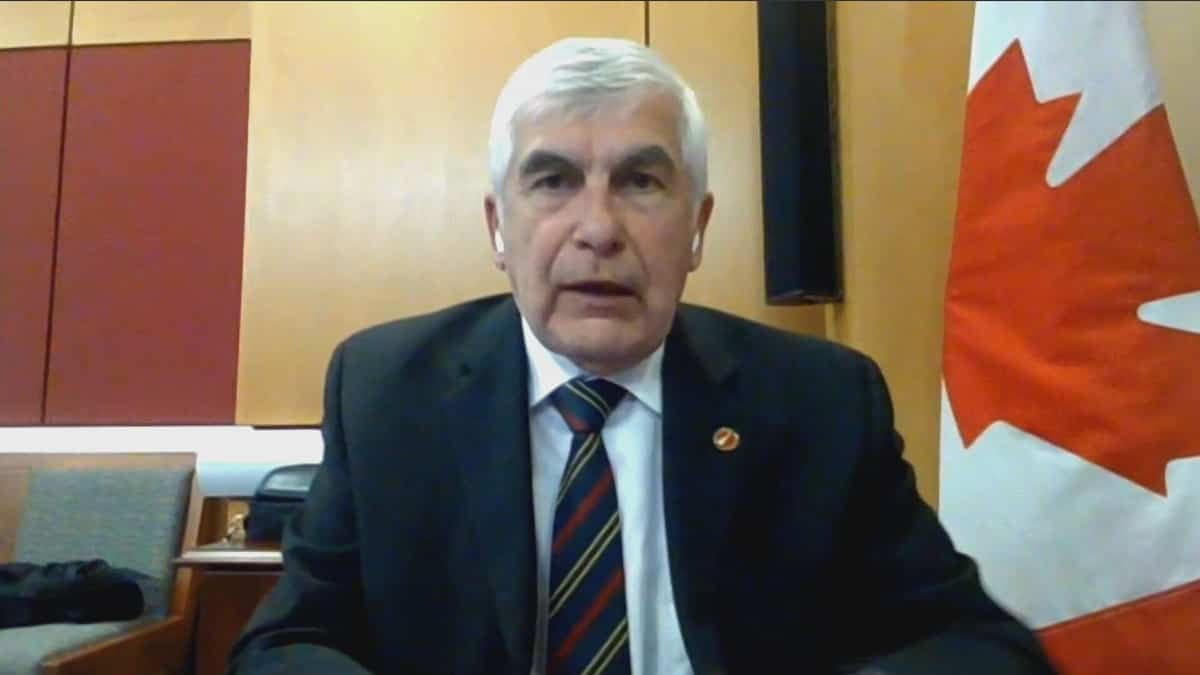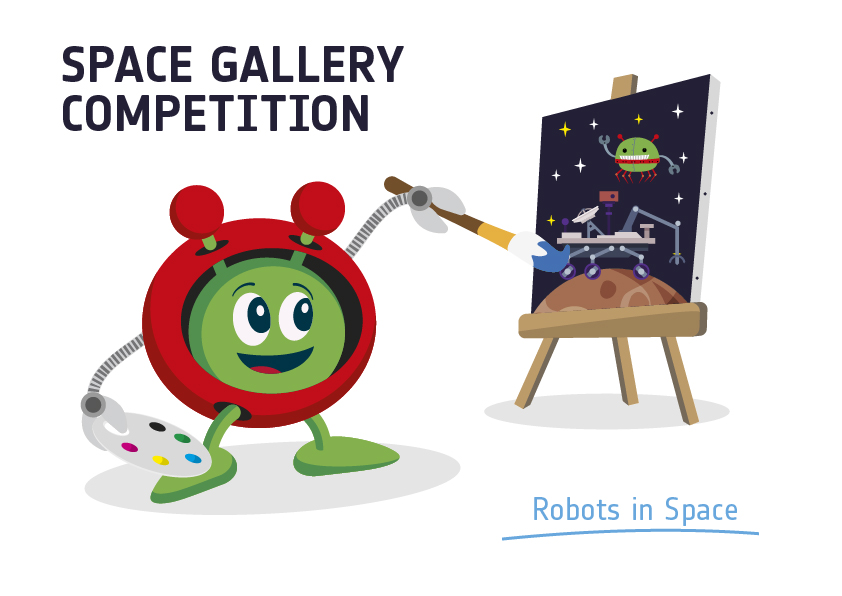I've noticed over the years that the winter months tend to move the needle up on the scale a bit. The cold, snow and darkness of the late afternoon affect my morale and diet. Fortunately, when spring finally shows its face, everything seems to have settled down, at least for now. The result this morning? The needle points to 190 lbs (86 kg).
This value has not changed much for several years, which is a good sign. A good sign for me, sure, but also for the Earth. Because the measurement indicated on the scale says as much about our planet as it does about me.
We learn in high school science lessons that there is a crucial difference between the concepts of mass and weight. Weight is a measure of the force of gravity acting on an object. On Earth, my current weight is 190 pounds, while it would be only 72 pounds (33 kg) on Mars and 33 pounds (15 kg) on the Moon. In the case of weightlessness in space, the number would be almost zero.
But my mass? This is a completely different story.
Basically, we don't know what mass is. We know what they do, and how they react, but their very nature? No idea.
In classical physics, we like to draw parallels between gravity and electric force. The two forces were discovered during the Scientific Revolution of the 17th centuryH (Isaac Newton) XVIIIH Centuries (Charles Augustin de Coulomb), and is expressed by simple equations, has the same mathematical form.
The force between two electric charges? Multiply the two charges and then divide them by the square of the distance between them. The force of gravity between two stars? Multiply their masses and divide it by the square of the distance between them. It's incredibly elegant.
Following this parallel between electricity and gravity, we can describe mass as a “gravitational charge”: the more massive an object is, the more it “creates” gravity in its environment. However, we also learned that mass is a measure of resistance to acceleration (or deceleration), which is called inertia. Kick the elephant, then kick the mouse. Which monster will accelerate the most (and therefore have the least inertia)? This goes without saying (no animal species was harmed during this completely virtual experiment).
In everyday language, we understand mass as a quantity of matter (measured in moles). Now, this is also an abbreviation.
A student comes to see me after a lesson on this topic. “Sir, after your explanations, I no longer understand the Mass.” He said to me, “He knows how to measure a meter or a second, but a kilo? What is the difference between a kilo of feathers and a kilo of lead? It takes more feathers than lead to make one kilo, but… why? Corn is more Mass when it contains a greater number of protons and neutrons, but what makes the latter have mass?
I have to dig into my memory. In the standard particle model, all forces in nature (except gravity) are transmitted by particles called gauge bosons. However, in the year I finished my studies, the Higgs boson, the famous theoretical particle of the Standard Model, had not yet been discovered. It has been since then that, according to our current knowledge, this Higgs “particle field” would be responsible for giving mass to other particles in its environment.
Did you understand that last paragraph? Me too.
I explain to my student that, fundamentally, we don't know what mass is. We know what they do, and how they react, but their very nature? No idea. He asked him: What about the electric charge? » We know how charges work together, and how they move in electric and magnetic fields, but, basically, what makes a proton +1 (yes, yes, they're three quarks stuck together by gluons, but still?) and an electron -1? “What is the charge really?”
The student smiles at me, thanks me, and leaves after a while. I have a terrible feeling that I am an imposter, that I have added to his level of confusion, when I was supposed to be enlightening him.
I console myself by telling myself that we teachers cannot give people all the answers, but we can help them ask better questions. And that the planet and I have maintained stable masses for many years, even if the concept of mass is still mysterious.

“Music guru. Incurable web practitioner. Thinker. Lifelong zombie junkie. Tv buff. Typical organizer. Evil beer scholar.”







More Stories
European Space Agency – Space for Kids
Artificial intelligence and science, cross-pollination
Explore space with stickers!